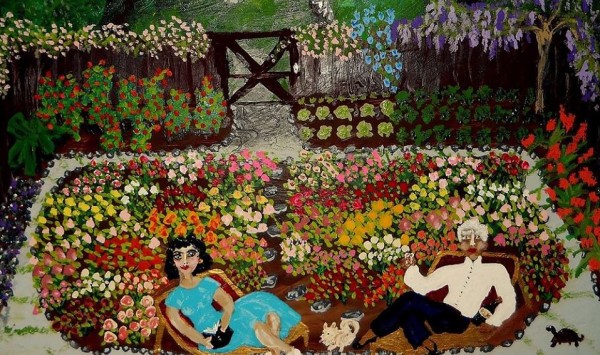A STREETCAR JUMPS ON SACKETT STREET (1929)
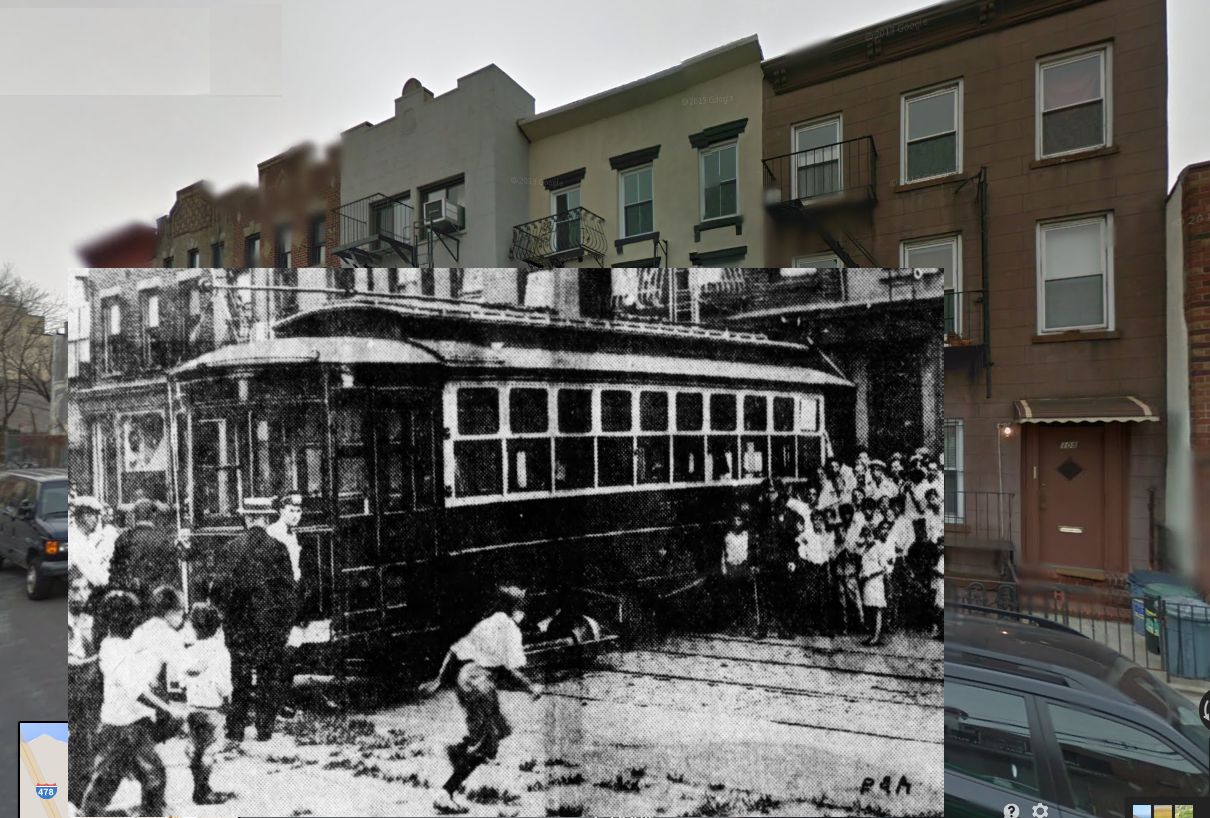
******************************************************************************************************************************** Brownstone Detectives investigates the history of our clients’ homes. The story you are about to read was composed from research conducted in the course of one of those investigations. Do you know the history of YOUR house? ******************************************************************************************************************************** If you bought a house that a streetcar had once crashed into – would you know about it? When researching the history of a client’s house, these are the stories that literally MAKE a House History Book. They are the stories that make the biggest splash – but in this case, a CRASH… But to the story… Back in the day, streetcars used to crash into buildings from time to time. The motormen’s reasons for this were usually that the car jumped the track while it was making a turn onto another street or avenue. In this instance, though, the motorman could only say that the streetcar “jumped,” but it does not appear that he was able to explain why – because he was operating the car in a straight line uphill on Sackett Street. While doing some research on a client’s home recently I saw this picture and I thought, “I didn’t even know that Sackett had a streetcar line!” Apparently, though, the line ran up and down the street back when it went both ways. The street must have been amazingly congested with these things going both ways! One day, in the Fall of 1929, though, that streetcar – starting on its run up the “slope” – literally “jumped” […]
THE “GOODFELLAS” OF CUMBERLAND STREET
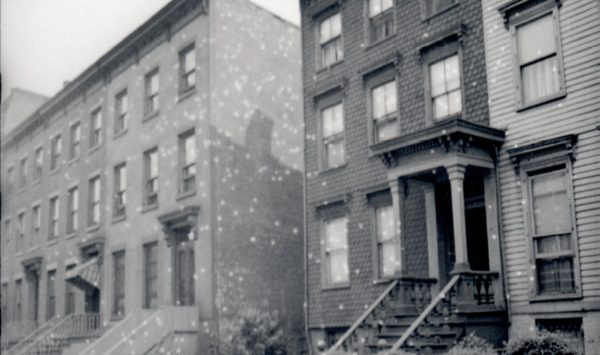
One of the Brownstone Detectives’ first House History Books, No. 231 Cumberland Street: The Story of a House, tells the story of an 1852 antebellum frame home just steps from Fort Greene Park. It’s an action-packed tome, replete with treachery, “poudrette,” “small art,” SROs, and the gangland figures from “Goodfellas.” Here is a brief timeline of the history of this single landmarked property, matched up with “spreads” from the book: THE HISTORY OF A BROOKLYN HOUSE The land beneath which No. 231 would someday rise, started out as a tobacco farm owned by the first Italian immigrant to New York, Pietre Cesare Alberti. The farmland would eventually be built upon in 1851-2, when builder John Ross constructed a row of three homes there. First owned by a woman with a tragic history, a melodrama involving treachery, another man, and an infant daughter – which became the gossip of the newspapers of the time – No. 231 was rented out throughout the the 1850s and 1860s, in addition to many returning Civil War veterans, to merchants and their small families. One of those merchants featured prominently in the founding of the Lafayette Avenue Presbytery Church. Before this, however, he had begun his interesting career as a Night Soil Man – starting a company which, amongst other “agricultural” endeavors, collected human excrement from the backyard privvies of Brooklyn, selling this “compost” to Long Island farmers as the appropriately – if euphemistically – named “poudrette.” The property was then owned by an immigrant, […]
THE BROOKLYN BARBER WHO BURGLED (1904)
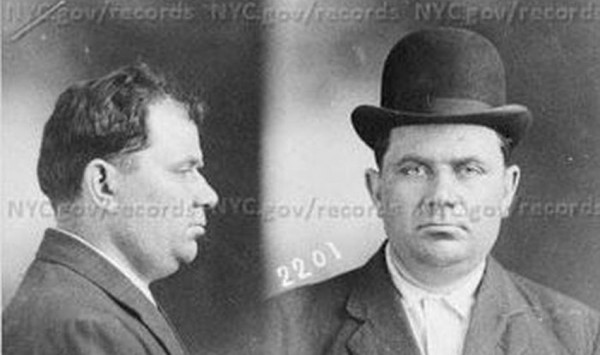
******************************************************************************************************************************** Brownstone Detectives investigates the history of our clients’ homes. The story you are about to read was composed from research conducted in the course of one of those investigations. ******************************************************************************************************************************** Abe Miller was fond of burglary. You might say that it was in his bones. He could not resist it any more than a child could resist candied apples at the fair. He burgled countless Brooklyn and Manhattan homes – more, certainly, than he was ever tried and convicted for – crossing the North River, at times, to burgle still more in New Jersey. Miller, aka Abram Miller, aka Abram Skudden, aka Abe Skudin, &c., &c., &c…was a burglar, though, of little note. As his life of crime ran from the early 20th century through 1940, he had been caught, convicted, and sentenced many times over. But he never reformed. GETTING MARRIED, ARRESTED, & DRAFTED Researching people who are long dead is like putting together the pieces of a puzzle that you find between the cushions of a couch – the pieces are a little dusty, some are broken, and usually they are not all there. In the end, if you do not have the puzzle’s box top, you are left to guess at what the whole picture looks like. This was the case with “Abe Miller.” THE PART ABOUT GETTING “MARRIED” & “DRAFTED” Miller first shows up in government records in 1904 when he married Lena Silverman 14 August on Manhattan. Both were from Russia, the two remaining […]
“PEACE” COMES TO STUYVESANT EAST (1921)
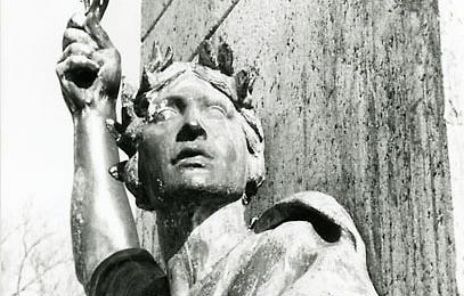
******************************************************************************************************************************** Brownstone Detectives investigates the history of our clients’ homes. The story you are about to read was composed from research conducted in the course of one of those investigations. Do you know the history of YOUR house? ******************************************************************************************************************************** In 2014, The Brownstone Detectives partnered with the New York City Parks Department to help celebrate the lives of the servicemembers of Bedford-Stuyvesant Heights who made the ultimate sacrifice during the Great War. We researched these heroes to locate pictures, stories, and their descendants to be brought together for a ceremony that dedicated a new “Victory and Peace” war memorial at Saratoga Park. ******************************************************************************************************************************** After nearly three years of mourning, Stuyvesant East was ready to remember its dead in a very public way. On 11 September 1921, after neighbors in the eastern section of Stuyvesant Heights had spent two years collecting the $6,000 necessary to defray the cost of a war memorial, the Victory and Peace statue was finally delivered to Saratoga Square. With great pomp and circumstance, amid a good deal of political speech-making and the delivery of grandiose eulogies and war veterans celebrating the war’s end, the 6-ton war memorial, sculpted by James Novelli, was unveiled at the Saratoga Avenue entrance to the Saratoga Square in front of more than 3,000 witnesses. “The eastern end of the park had been appropriately decorated with the monument draped in large American flags which at the presentation were dropped by two servicemembers presenting to view the ten-foot Milford granite memorial.” Revealed was […]
A PROHIBITION WRECK ON ORANGE ST (1922)
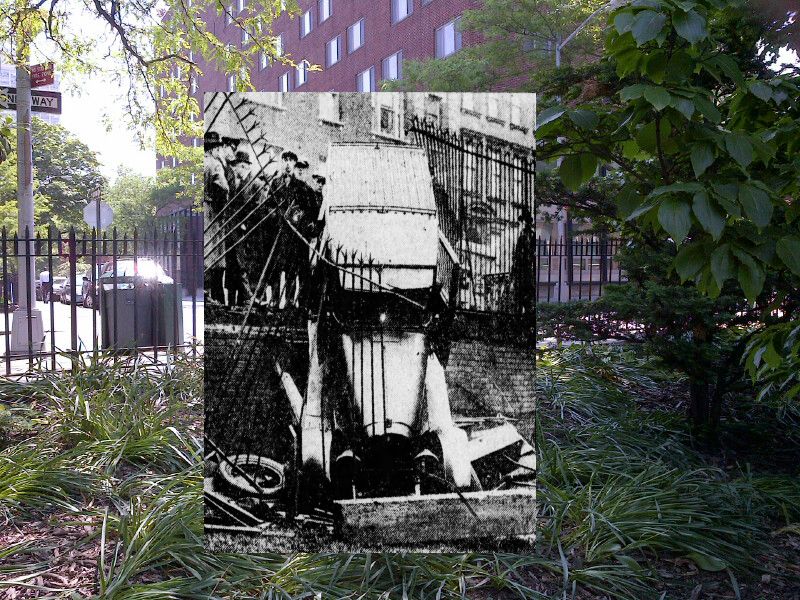
******************************************************************************************************************************** Brownstone Detectives investigates the history of our clients’ homes. The story you are about to read was composed from research conducted in the course of one of those investigations. Do you know the history of YOUR house? ******************************************************************************************************************************** “Tearing through Orange st. with the throttle wide open, in the early hours this morning, a big limousine of expensive make crashed into an electric light pole at the foot of the street, ricocheted against a fire hydrant which it completely demolished, continued on its course and crashed through an eight-foot picket fence.” A flirtation at a dance, a stolen vehicle, a crash, the removal of a set of license plates, and a hasty departure from the scene of the accident was further described in the 12 December 1922 newspaper article. “CRASH WAKENS HEIGHTS” “A blood-stained hand pushed open the door of the limousine. Two gory men stepped out,” wrote the reporter. The two men “then turned and assisted a woman out of the car. They climbed over the wall to the street and stood huddled in a little group as if debating what to do.” After a few minutes of dazed waiting, the three crash victims walked quickly up Orange Street. Then, a few minutes later, one of the men was observed returning and making “a vain effort to wrench the rear license plate from the car.” All that he succeeded in doing, though, was leaving “a number of bloody but well-defined fingerprints on the license number.” A WOMAN APPEARS […]
THE BOY WHO COULDN’T MEND (1914)
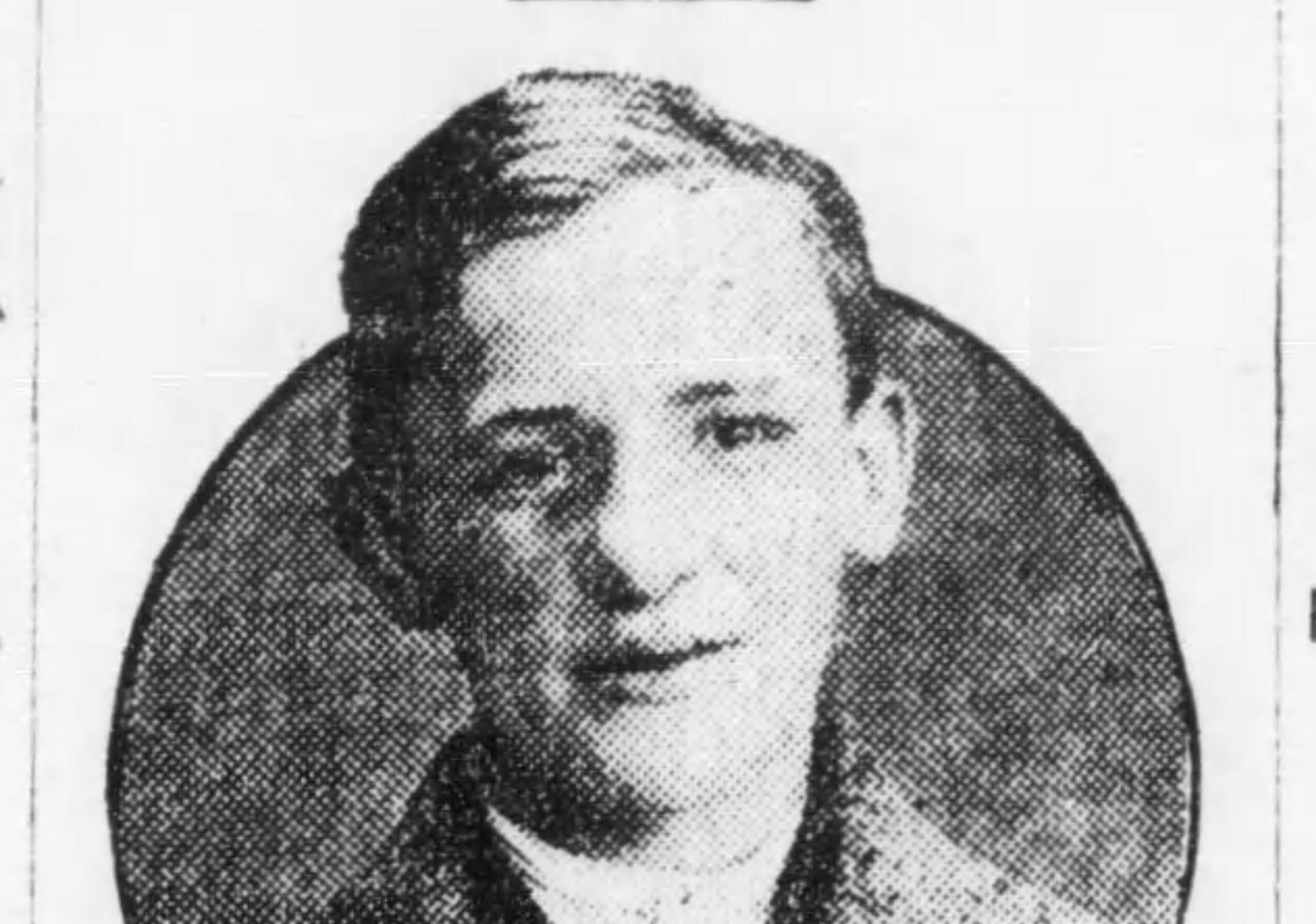
Some criminals just cannot reform. Young Raymond “Angel Face” Beck was a good example. 100 years ago today, the 14-year-old Brooklyn boy was pawning stolen silverware on Atlantic Avenue when the police happened into the pawn shop. NO JUVENILE ASYLUM BUILT COULD HOLD THE “ROBBER CHIEF” Known mostly for his escapes from “prison,” at the time, Raymond Beck, “son of well-to-do parents of 7 Cypress Avenue,” and a self-described “Robber Chief,” had broken out of the Dobbs Ferry Juvenile Asylum a total of four times by 1914. Each time young Beck, “blue-eyed, fair-haired and innocent-looking,” made a B-line directly for Brooklyn and the houses of new victims. Beck would make a career of illegal activity and escaping asylums and reform schools throughout his life. The newspapers are replete with his stories of burglaries and escapes at least through the mid-1920s, when he would finally disappear from the news. But, for the majority of this period, whenever the name Raymond Beck was mentioned in the papers, Brooklynites locked their doors and hid their valuables, as there was a good chance they’d end up in his possession. “ANGEL FACE” RETURNS TO BROOKYLN After the “boy burglar” had most recently been paroled in 1914, he ended up in Brooklyn once again – this time in the parlor of Edward A. Peterson of 567 Eighth Street in Park Slope. Now, Peterson did not know “Angel Face,” but that was not only because the two had never been introduced. Beck simply arrived at Peterson’s home […]
BANNING NEW YORK’S ASSAULT WEAPONS (1926)
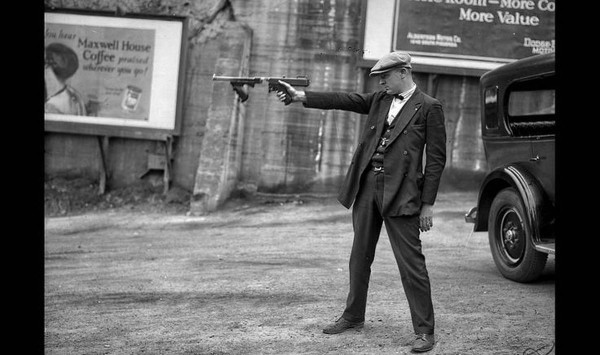
******************************************************************************************************************************** Brownstone Detectives investigates the history of our clients’ homes. The story you are about to read was composed from research conducted in the course of one of those investigations. Do you know the history of YOUR house? ******************************************************************************************************************************** Back during the Roaring ’20s, there was an assault weapon on every corner – or at least that was how it seemed. New York began to see the widespread use during these years of “Tommy” guns (machine guns), and sawed-off shotguns, which were freely available and useful in committing the crimes that joined the Mafia and Prohibition at the hip. A manager in the gun department of “one of the most conservative and long-established sporting goods stores” in New York City, Schoverling, Daly & Gales, noted that these types of weapons were sold without the necessity of a permit. “Although any well-established and reliable concern would take the same precautions that we do to see that these weapons do not get into the wrong hands, there are hundreds of fly-by-night small stores throughout the city where these things are sold without a permit and without any precaution except to get the price,” noted this gun salesman. Officials of the time were clearly aiming at protecting the public with their proposed weapons bans of the period, especially where it involved “inter-gang warring.” “The light Thompson sub-automatic…can be had in a number of stores on payment of the price – $500,” said the Brooklyn Daily Eagle. “A citizen who wishes to have a […]
THE WILLIAMSBURG FIRE DEPT (1920)
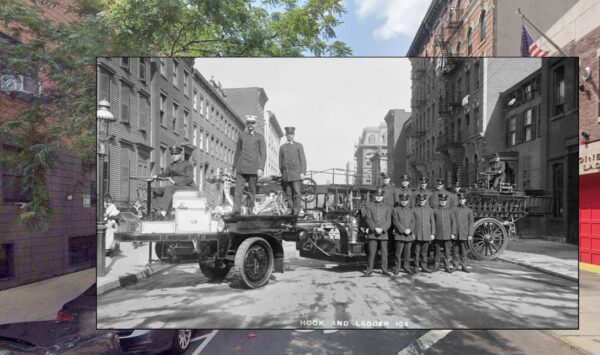
******************************************************************************************************************************** Brownstone Detectives investigates the history of our clients’ homes. The story you are about to read was composed from research conducted in the course of one of those investigations. Do you know the history of YOUR house? ******************************************************************************************************************************** From about the early 1920s, comes this black & white Throwback Thursday photograph of the “Men of Hook and Ladder 104 with a hook and ladder, 161-163 South Second Street,” superimposed on the top of a Google Map (courtesy Department of Records and Google Maps). The second pic shows the same men in front of their engine house. The firehouse was established at this exact location in 1885 and exists to this day there. Follow @BrownstoneDetec Share ———————————————————————————————————————– The Brownstone Detectives Brownstone Detectives is an historic property research agency. Our mission is to document and save the histories of our clients’ homes. From our research, we produce our celebrated House History Books and House History Reports. Contact us today to begin discovering the history of your home.
A BROOKLYN CHRISTMAS TREE PROJECT (1927)
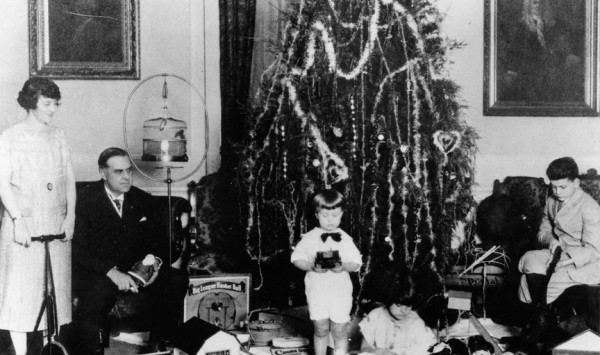
******************************************************************************************************************************** Brownstone Detectives investigates the history of our clients’ homes. The story you are about to read was composed from research conducted in the course of one of those investigations. Do you know the history of YOUR house? ******************************************************************************************************************************** What did Brooklyn boys and girls do on Christmas morning in 1927? Well, they probably opened a present or two, played with their toys, frowned at their new underwear, and such. But later on when the kids had played their toys out – or, in poorer families, if there weren’t many toys to give out to children, the ever-diligent Brooklyn Daily Eagle‘s Junior Eagle section had a cut-out project with which such children could amuse themselves. No, it was not a Red Ryder BB gun, (those wouldn’t be introduced for another ten years), but it was something, and it must have worked as such projects were often included in the pages of this newspaper throughout the year. And it is amazing what occupied childrens’ minds back then. So, try it – if you like – this Christmas. Click on the picture and follow the directions. You never know. “Cut out the trees. Crease on dotted lines and paste the four together, each at right angles to the other, as shown in the sketches.” Follow @BrownstoneDetec Share ———————————————————————————————————————– The Brownstone Detectives Brownstone Detectives is an historic property research agency. Our mission is to document and save the histories of our clients’ homes. From our research, we produce our celebrated House History Books […]
